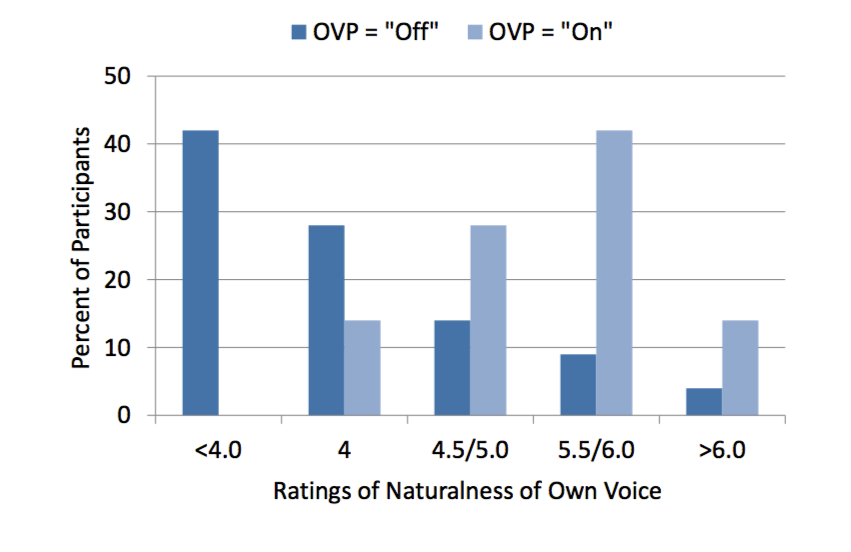Hearing is an important part of fitness-for-duty assessments of police officers and other public safety professionals – but standard hearing tests don't give a true picture of whether these professionals can hear and communicate in the specific "noise environments" where they must work. A new approach to hearing assessment in public safety officers − which has been adopted by five government agencies in the United States and Canada − is presented in an article in Ear and Hearing. The official journal of the American Auditory Society, Ear and Hearing is published by Wolters Kluwer.
An international group led by Sigfrid D. Soli, PhD, of the House Clinic, Los Angeles, has developed and validated a new method for assessing auditory fitness for duty for public safety occupations – focusing on whether these professionals can perform "hearing-critical" job tasks in the settings where they must work. "This method is the first to provide an objective, evidence-based means assessing functional hearing in individuals who must perform hearing-critical job tasks that can directly affect public safety," Dr. Soli commented.
New Model for Occupational Hearing Screening Accounts for 'Real-World Noise Environments'
Dr. Soli and colleagues have taken a new approach to assessing fitness for duty in public safety professionals with hearing loss. Current guidelines for hearing screening use standard diagnostic tests of hearing disorders, such as pure-tone audiometry. However, these tests do not necessarily provide objective information as to whether the individual can effectively perform essential hearing-critical job tasks in everyday occupational settings.
With standard diagnostic hearing tests, some individuals with hearing loss can be denied access to public safety positions or removed from their jobs – even with hearing technologies that may allow them to function adequately. Current approaches also may not be valid under the Americans with Disabilities Act, which requires that screening criteria reflect the actual requirements of the job.
To develop their model, Dr. Soli and colleagues conducted research to evaluate hearing-critical tasks and real-world noise environments in public safety and law enforcement jobs: specifically, law enforcement and corrections officers. Their studies included expert analyses of the essential hearing-critical tasks for each type of job, along with on-site recordings of the noise environments where those tasks are performed.
The studies included many noise environments for law enforcement and corrections officers. For example, for police officers, effective in-person and radio communications often take place in a background of indoor and outdoor voices, vehicle sounds, sirens, and other noises. The researchers used the Extended Speech Intelligibility Index, which is based on an American National Standard, to obtain measures of functional hearing ability necessary for effective speech communication in each noise environment.
The researchers found that even for individuals with normal hearing, real-world noise environments pose a challenge to effective communication. In noisy environments, the likelihood of effective speech communication at distances of one meter or less was often predicted to be less than 50 percent. With raised or loud vocal effort, predicted likelihood values increased to 80 percent or higher. At distances of five meters or beyond, effective speech communication was often unlikely, regardless of vocal effort.
Based on their findings, Dr. Soli and colleagues developed a method for predicting the likelihood of effective speech communication in each real-world noise environment. In a companion article, published in the International Journal of Audiology, they validated these predictions in samples of adults with normal hearing and those with mild to moderate hearing impairment. They stated that "these predictions provide an objective means of occupational hearing screening" that more accurately reflects the way functional hearing ability influences job performance.
The two articles, published simultaneously, are accompanied by a commentary by Judy R. Dubno, PhD, of Medical University of South Carolina, Charleston. She stated that the new studies "are an important example of a more ecologically valid approach that assesses an individual's ability to perform hearing-critical tasks in their occupational listening environments." She also observed that there may be broader applications, noting that "such an approach would likely be more relevant and understandable to patients/consumers and could lead to more accurate assessments and more effective interventions for people with hearing loss."
Published: 4/27/2018 1:53:00 PM
from #Audiology via xlomafota13 on Inoreader https://ift.tt/2r82DUM
via
IFTTT










